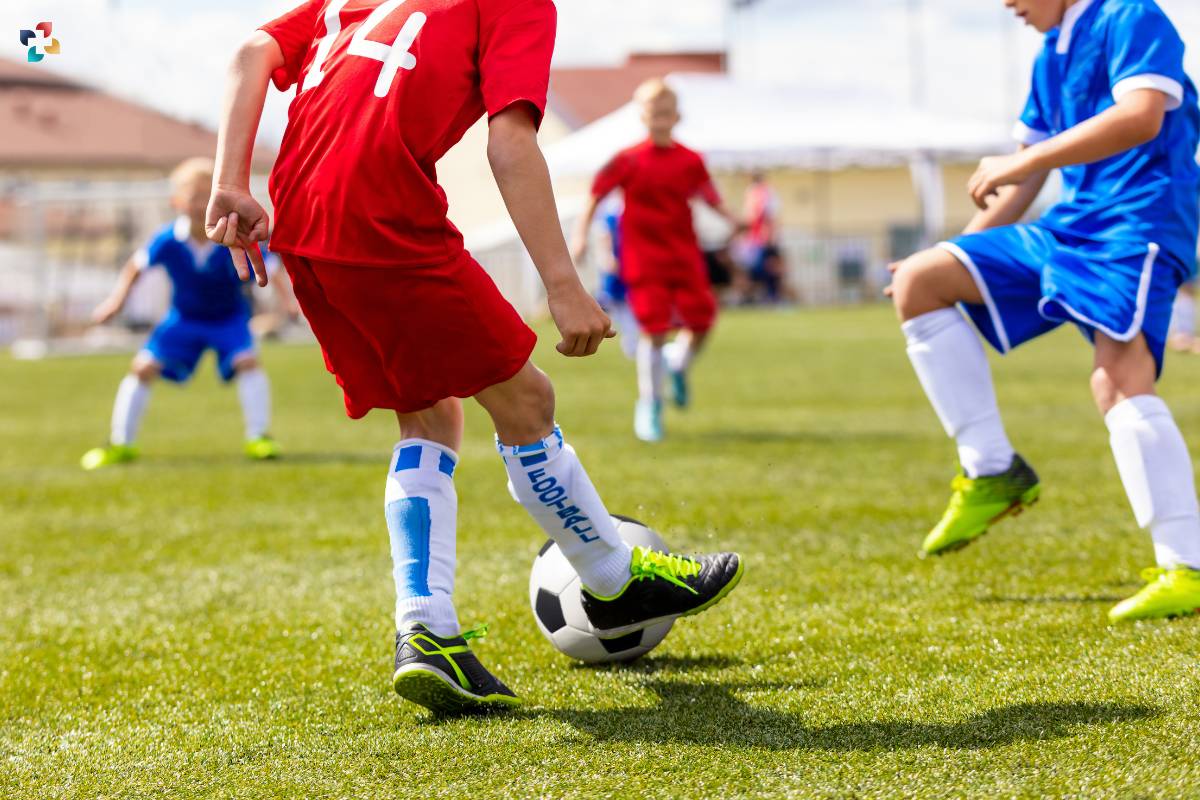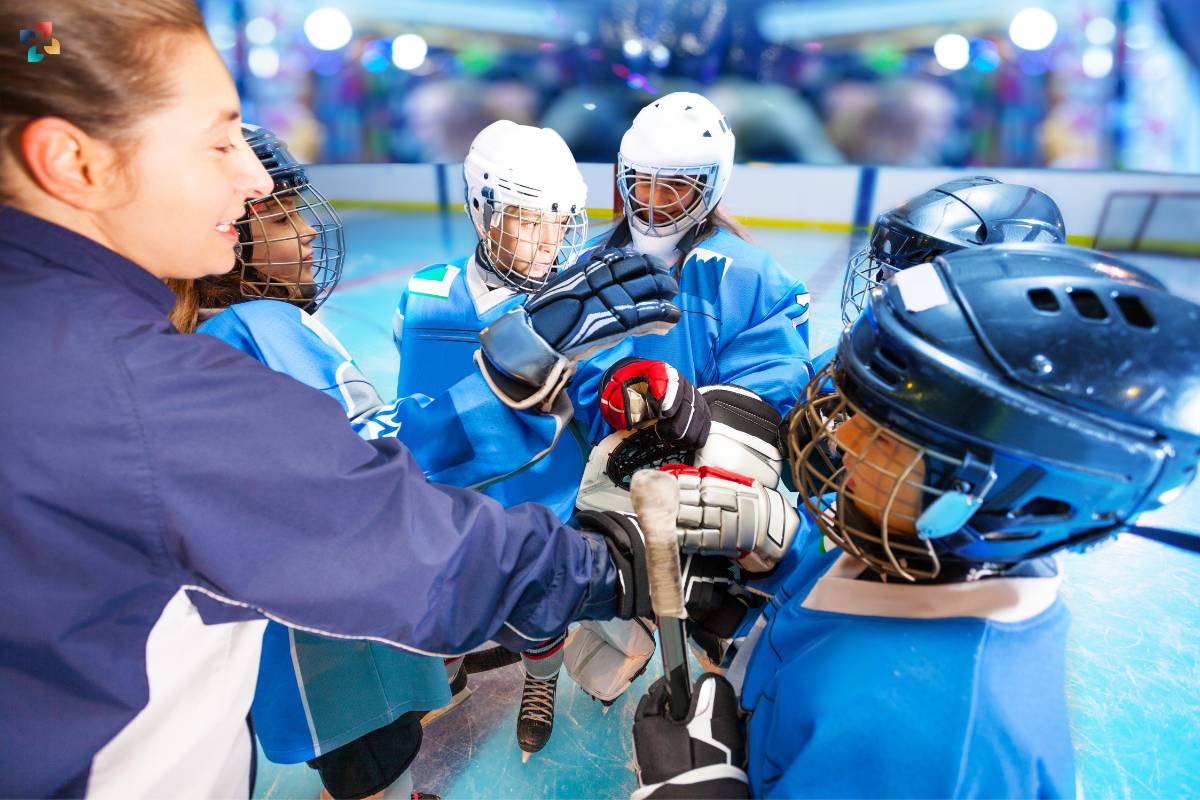After months and months of lockdowns, movement restrictions, and the lifestyle changes brought about by the pandemic in our daily lives, it is surely safe to say that the world is now gaining some sense of normalcy. Many people had to give up their well-set sports routines, and this normalcy only meant a long-awaited return to sports. You could be an amateur athlete, a weekend warrior, or just someone who enjoys the occasional game of pick-up basketball, the idea of returning to sports is pretty exciting.
However, as exciting as it may seem, it is important that you ask yourself if you are really ready to return to sports. In this article, we’ll explore the key factors to consider when determining your readiness to return to sports, as well as the physical and mental preparations necessary for a successful and injury-free return.
Assessing Your Physical Readiness
1. Consult with a Healthcare Professional
Before jumping back into your favorite sport, it’s crucial to consult with a healthcare professional. A comprehensive physical examination will help identify any underlying health issues, such as cardiovascular problems, muscle imbalances, or joint issues that may have developed during the pandemic. Your physician can provide guidance on how to address these concerns and set realistic expectations for your return.
2. Gradual Progression

One of the most common mistakes people make when returning to sports is pushing themselves too hard too quickly. The body needs time to adjust, especially if you’ve been relatively inactive during lockdowns. Start with a gradual progression of intensity and duration to avoid overuse injuries and muscle strains. Consider working with a sports physiotherapist to create a customized plan that aligns with your goals and current physical condition.
3. Strength and Conditioning
Building a strong foundation is crucial for injury prevention and performance improvement. Engage in strength and conditioning exercises to target specific muscle groups related to your sport. This will help you develop stability, power, and endurance. A well-rounded conditioning program should include cardiovascular workouts, flexibility exercises, and strength training.
4. Flexibility and Mobility
Adequate flexibility and mobility are essential to prevent injuries, especially in high-impact sports. Incorporate stretching and mobility exercises into your daily routine to improve joint range of motion and muscle suppleness. Yoga and Pilates are excellent choices for enhancing flexibility and core strength.
Mental Preparedness
1. Psychological Evaluation
Your mental readiness to return to sports is as crucial as your physical condition. Consider seeking a sports psychologist’s help to evaluate your psychological readiness for the return. They can help you identify and address any fears, anxieties, or mental blocks that might be holding you back.
2. Goal Setting

Setting clear and realistic goals is a fundamental aspect of mental preparation. Whether you aim to improve your performance, make new friends, or simply enjoy the game, having specific goals can provide motivation and direction. Create both short-term and long-term goals to maintain focus and drive.
3. Visualization and Imagery
Visualization is a powerful tool that can enhance your performance and confidence. Spend time visualizing your success on the field, track, or court. This practice can help reduce anxiety and prepare your mind for the challenges ahead.
4. Positive Self-Talk
Maintaining a positive internal dialogue is essential for mental preparedness. Replace negative self-talk with constructive and encouraging affirmations. Encourage yourself to embrace the journey, stay resilient, and maintain a healthy mindset throughout your return to sports.
Injury Prevention and Safety
1. Proper Warm-Up and Cool-Down
Neglecting warm-up and cool-down routines can increase the risk of injury. A proper warm-up prepares your muscles for action by increasing blood flow and flexibility, while a cool-down helps reduce muscle soreness and tightness. Incorporate dynamic stretches and low-intensity exercises during your warm-up, and static stretches during your cool-down.
2. Use the Right Equipment
The right equipment and gear are essential for both safety and performance. Make sure your equipment is in good condition and fits properly. Depending on your sport, this may include helmets, protective padding, footwear, or other specialized gear.
3. Understand the Rules
Familiarize yourself with the rules and regulations of your sport. This knowledge not only ensures you play safely but also enhances the overall experience. Understanding the rules can prevent accidents, disputes, and injuries resulting from misunderstandings.
4. Hydration and Nutrition
Proper hydration and nutrition are cornerstones of injury prevention and optimal performance. Staying well-hydrated before, during, and after your sports activity is crucial. Additionally, maintain a balanced diet that provides the necessary nutrients to fuel your body and aid in recovery.
5. Reconnecting with Your Support System
Returning to sports is not just about physical and mental preparation; it’s also about rebuilding and maintaining your support system. The camaraderie, friendship, and social aspects of sports are as important as the physical benefits.
6. Communicate with Teammates
If you’re part of a team, communicate with your teammates and coaches about your return. Discuss your concerns, expectations, and any specific needs you may have. Building a strong support network within your team can boost your confidence and performance.
7. Join Clubs and Leagues

If you’re not already part of a sports club or league, consider joining one. These organizations provide opportunities for consistent play, skill development, and social interactions. They can be a great way to ease back into sports with like-minded individuals.
8. Family and Friends
Lean on your family and friends for emotional support. They can provide encouragement, understanding, and motivation as you navigate your return to sports. Share your goals and challenges with them to maintain a strong social foundation.
Conclusion
In conclusion, getting back to sports after a long break or a disturbed routine is surely an exciting thing. However, it is important to approach this return with proper consideration and preparation. If you keep a holistic approach and consider your physical readiness, mental preparedness, prevention of any kind of injury, and social support, you will be able to significantly increase your chances of a nice comeback. Remember that the journey of returning to sports is just as important as the destination. Embrace the process, stay patient, and savor every moment on your path back to the field, court, or track.











